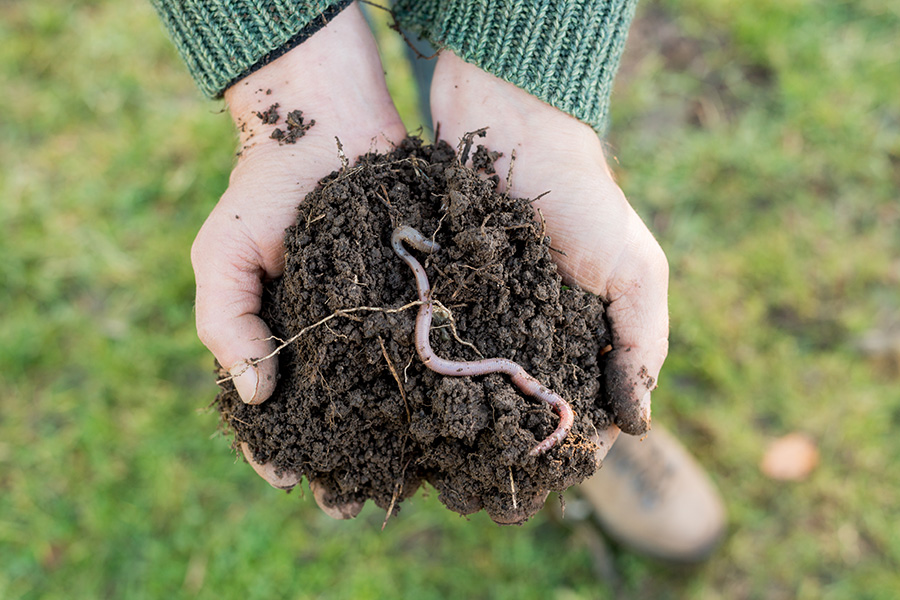Welcome to an exploration of the intricate world beneath our feet — a world inhabited by different types of earthworm species, each with its unique characteristics and ecological significance. In this comprehensive article, we will dig into the various types of earthworms, shedding light on their distinct attributes and the vital roles they play in soil health. So let’s bring our shovels as we uncover the diversity of earthworm species, inviting a deeper understanding of their importance in the delicate balance of our ecosystems.
Introducing the Types of Earthworms
Meet the Lumbricus terrestris: The Common Earthworm
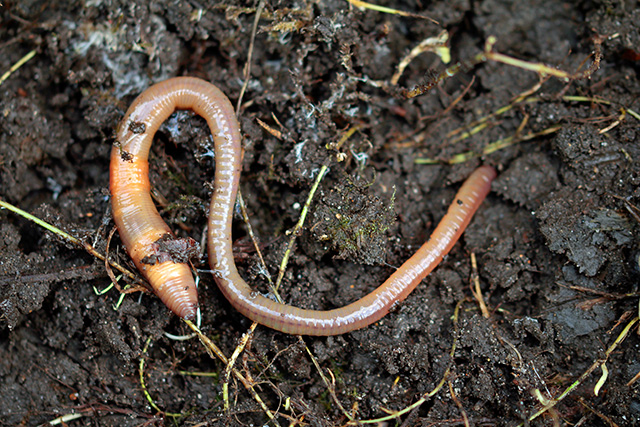
Earthworms are incredible creatures that play a vital role in maintaining soil health. One of the most common types is the Lumbricus terrestris, or the common earthworm. These little soil engineers are the unsung heroes of agriculture and gardening. With their cylindrical bodies and segmented structure, common earthworms are a familiar sight in gardens worldwide.
The Red Wigglers: Nature’s Composting Champions
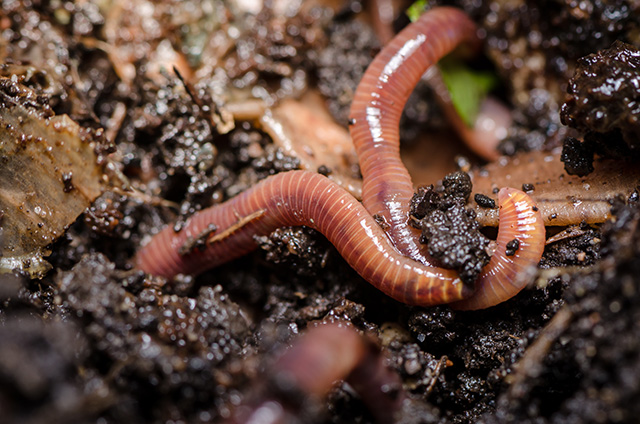
Red wigglers, scientifically known as Eisenia fetida, are the composting champions of the earthworm world. These small, reddish-brown worms are well-known for their voracious appetite for organic matter. Gardeners often utilize red wigglers in vermicomposting setups to break down kitchen scraps and create nutrient-rich compost. Their adaptability and efficiency make them a favorite among compost enthusiasts.
The Unusual Hammerhead Worm
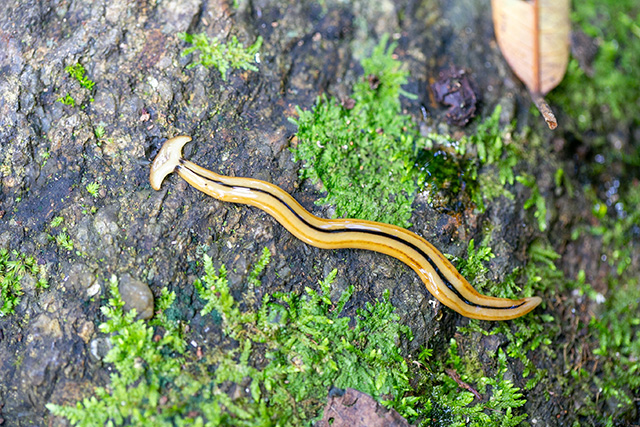
Breaking away from the traditional earthworm appearance is the hammerhead worm, scientifically known as Bipalium spp. This fascinating creature has a distinctive flat and elongated body, resembling a hammerhead shark, hence its name. Unlike conventional earthworms, the hammerhead worm is a carnivorous predator that preys on other invertebrates. This unique earthworm species adds an intriguing twist to the diversity of these soil-dwelling organisms.
Giant Gippsland Earthworm
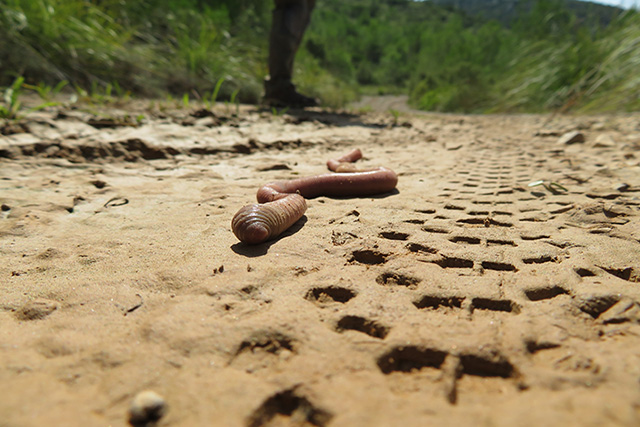
On the other end of the spectrum is the Giant Gippsland Earthworm (Megascolides australis), a remarkable species native to Australia. This giant can reach lengths of up to three feet, making it the longest earthworm known to science. Despite its intimidating size, the Giant Gippsland Earthworm is harmless and plays a crucial role in aerating and enriching the soil in its natural habitat.
Earthworms with Fascinating Facts
The Sneaky Behavior of the Jumping Amynthas spp.
Have you ever heard of earthworms that can jump? Well, some species, like Amynthas spp., exhibit this peculiar behavior. These jumping earthworms use a unique method of locomotion, contracting and extending their bodies in a way that propels them into the air. This unusual skill helps them navigate through the soil, avoiding obstacles and predators.
Arachnocampa luminosa’s Bioluminescent Glow
In the dark recesses of caves in New Zealand, there’s a species called Arachnocampa luminosa also known as the New Zealand glowworm, which uses its bioluminescent glow for survival and reproduction. The primary purpose of the glow is to attract prey, acting as a lure for flying insects. Additionally, the soft glow serves as a means of communication between male and female glowworms during the reproductive process. It may also function as a defense mechanism, warning potential predators of the glowworms’ toxicity.
Benefits of Earthworms: Guardians of Soil Health
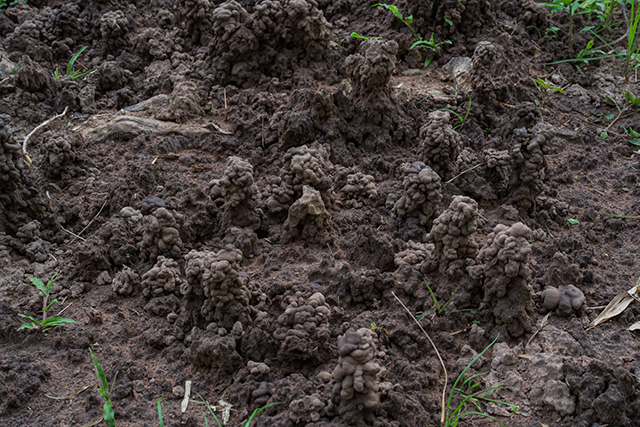
Soil Aeration
One of the primary benefits of earthworms is their role in soil aeration. As these humble creatures tunnel through the soil, they create channels that allow air, water, and nutrients to penetrate deeper. This underground architecture promotes a healthier root system for plants, enhancing their growth and overall vitality. Earthworms, in essence, act as nature’s gardeners, tirelessly tending to the soil beneath our feet.
Soil Structure Improvement
Earthworms play a pivotal role in improving soil structure. Their constant burrowing and feeding activities help create a crumbly, well-aerated soil texture. This improved soil structure enhances water retention, reduces erosion, and provides an ideal environment for beneficial microorganisms. In essence, earthworms act as natural soil engineers, tirelessly working to maintain the delicate balance that sustains life beneath the surface.
Nutrient-Rich Castings
Earthworm castings, often referred to as worm poop, are a goldmine of nutrients for plants. As earthworms consume organic matter, their digestive processes break down complex compounds into simpler, plant-friendly forms. The resulting castings are rich in essential nutrients, such as nitrogen, phosphorus, and potassium. Gardeners and farmers recognize the value of these castings as an organic fertilizer that promotes robust plant growth.
Key Takeaways
In our exploration of the diverse types of earthworms, we’ve discovered fascinating facts about the common Lumbricus terrestris to the giant Gippsland earthworm and the carnivorous hammerhead worm, each species brings its unique characteristics to the soil ecosystem.
Understanding the benefits of earthworms sheds light on their crucial role in maintaining a thriving ecosystem, from soil aeration and nutrient-rich castings to soil structure improvement, earthworms act as guardians of our soil, silently working beneath the surface to support plant life.
So, the next time you spot an earthworm in your garden, remember that it’s not just a wriggling creature but a key player in the intricate web of life beneath our feet.
